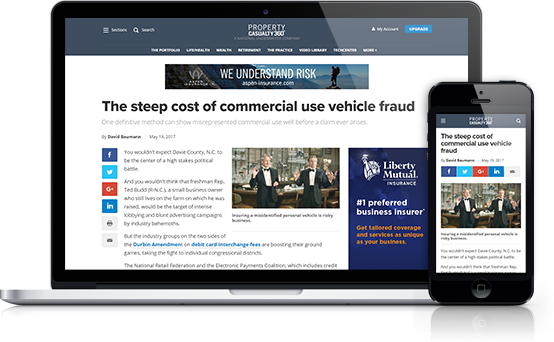The Risk Insurance Management Society has recently published their 2006 Annual Benchmark Survey. According to the new publication, the commercial insurance industry continued to experience an overall decline in total cost of risk in 2006. The 2006 RIMS Benchmark Survey book provides risk managers with objective and actionable insurance market information based on the insurance programs of more than 1,200 participants from the U.S. and Canada.
According to RIMS, The book is comprised of data collected in the 12 calendar months of 2006 and covers 14 high-level industry groups (Energy, Telecommunications, Professional Services, Banks, Consumer Staples, Education, Government/Non-profit, Healthcare, Information Technology, Utilities, Consumer Discretionary, Industrials, Materials and Non-bank Financials). The online survey provides an expanded view of the insurance industry based on more than four years of data (2003-2007). The online survey also provides a broader view of insurance groups, covering 35 lower-level industry groups.Insurance professionals use the RIMS Benchmark Survey to monitor and evaluate programs, help negotiate program costs and design, and navigate the latest risk management trends. This book is the annual summary of the online version of the RIMS Benchmark Survey that is updated daily throughout the year. Both the book and the online version are produced by Advisen, Ltd., which collects and analyzes the data and, for the online service, provides easy-to-use interactive tools and services. According to a release by the Risk Insurance Management Society, the Benchmark Survey book reported that the above-average season for hurricane activity predicted by meteorologists never materialized. All the same, hurricane losses were a significant contributor to the total cost of risk of North American firms and government entities in 2006 as the impact of the record-shattering hurricanes of 2005 reverberated across 2006. Property insurance premiums skyrocketed not only in hurricane-exposed coastal areas, but also in California as lessons learned from Hurricane Katrina were factored into earthquake pricing models. But while premiums for properties in catastrophe-exposed regions were off the chart, insurance costs for property insurance in other regions and for most other lines of business, continued the downward march that began in 2004.
Key findings in the 2006 RIMS Benchmark Survey book include:o Property costs rose sharply in catastrophe-exposed regions, substantially offsetting decreases in other regions.o Workers compensation costs fell again in 2006, driven substantially by reform measures in several large states.o The average total cost of risk fell by 9.2 percent for all survey participants, though there was wide variation by industry.”The insurance market is very unsettled at this moment,” says Joseph Restoule in a release, RIMS secretary and member of the board of directors. “The RIMS Benchmark Survey helps risk managers better assess current conditions and identify important trends impacting insurance purchase decisions. By benchmarking their programs against those of their peers, risk managers can make more informed decisions about how much coverage to buy, how much risk to retain and how much to pay for insurance.”
Recommended For You
Want to continue reading?
Become a Free PropertyCasualty360 Digital Reader
Your access to unlimited PropertyCasualty360 content isn’t changing.
Once you are an ALM digital member, you’ll receive:
- Breaking insurance news and analysis, on-site and via our newsletters and custom alerts
- Weekly Insurance Speak podcast featuring exclusive interviews with industry leaders
- Educational webcasts, white papers, and ebooks from industry thought leaders
- Critical converage of the employee benefits and financial advisory markets on our other ALM sites, BenefitsPRO and ThinkAdvisor
Already have an account? Sign In Now
© Touchpoint Markets, All Rights Reserved. Request academic re-use from www.copyright.com. All other uses, submit a request to [email protected]. For more inforrmation visit Asset & Logo Licensing.







